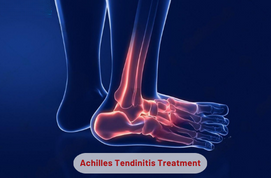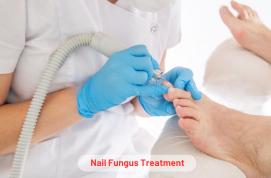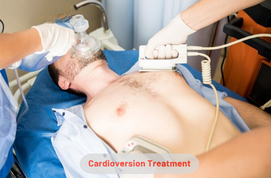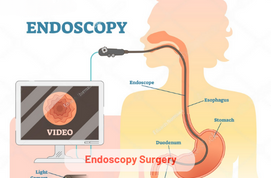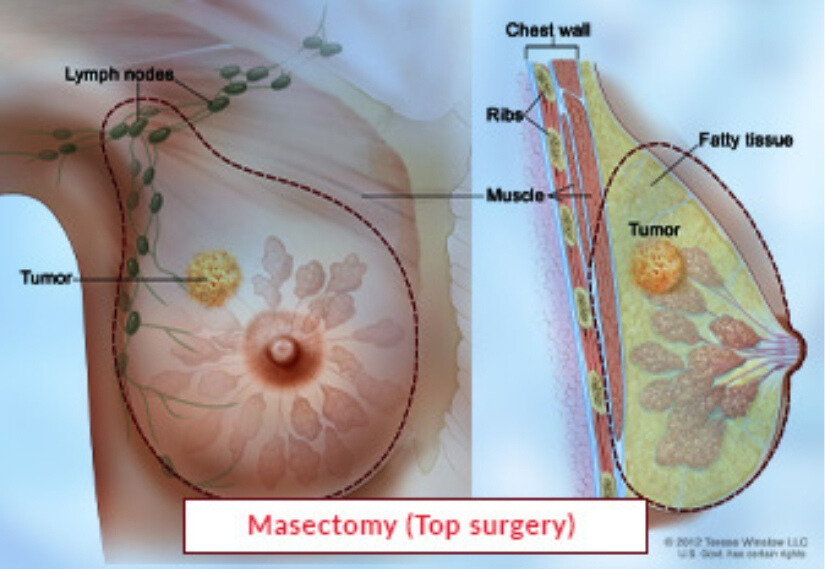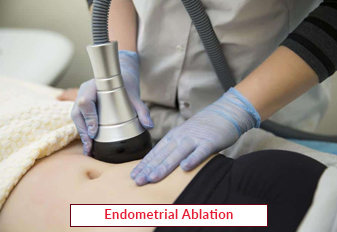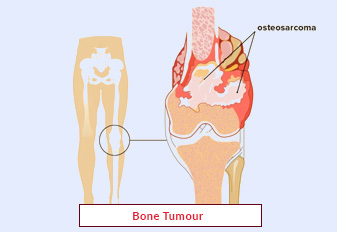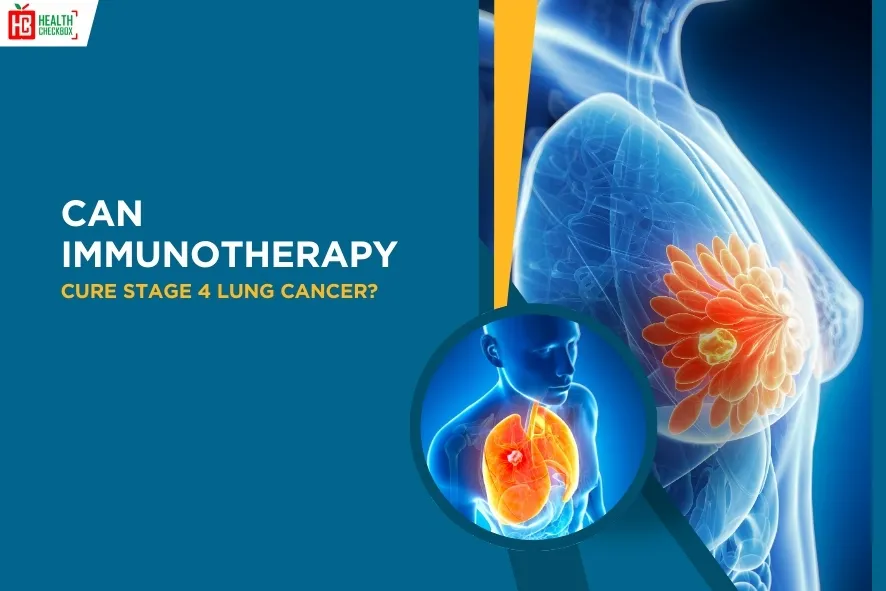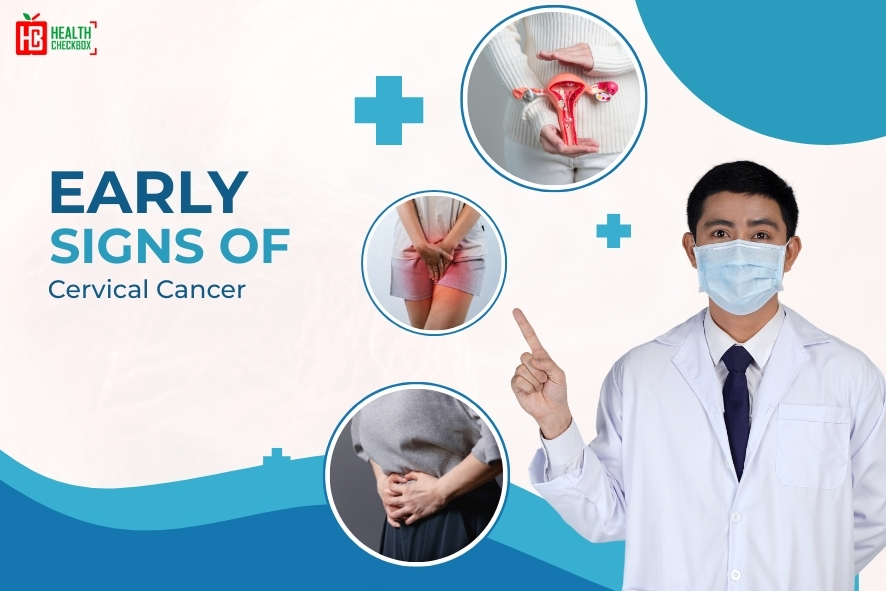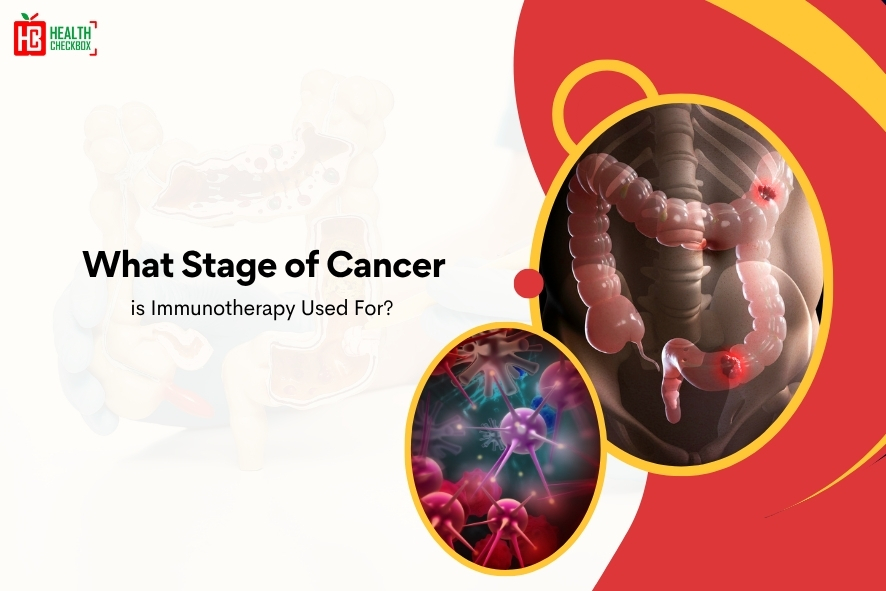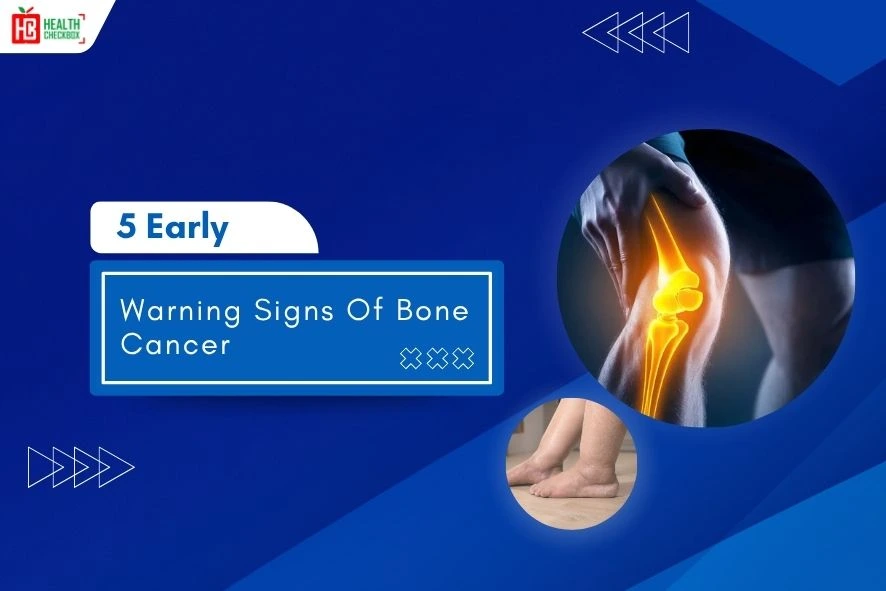Tendon connects calf muscles with your heel and their flexibility and strength help to walk, jump and run. Due to everyday activities, the tendon has to bear pressure and stress then the tissues of the tendon get damaged and inflamed. This causes severe pain and swelling. The cause of such a condition is not fully understood. However, this is more common in runners because their body does not get proper time to take some rest. While running, calf muscles help to stand up on your heel. This repetitive movement may cause the lower leg to be inflamed and irritated. Doctors recommend rest, ice, and physical therapy like achilles tendinopathy to relieve pain and promote healing of achilles tendinitis treatment.
Types of Achilles Tendinitis
Achilles tendinitis is of two types and these are mentioned below:
- Insertional: Tendon starts to break down from its middle fibres which cause pain with swelling. Young adults and active individuals get affected.
- Non-Insertional: It damages the spot where the tendon meets heel bones. It can affect people of any age and even who are not much active.
Symptoms of Achilles Tendinitis
Its symptoms vary from person to person which may be seen in one or both ankles. It has the following signs:
- Stiffness and thickening in tendon area and joint
- Extreme pain after activity
- Pain in the back of leg and heel
- Swells when you get up
Causes of Achilles Tendinitis
The main cause is repeatedly stressed on your tendon and the body does not get enough time to repair damaged tissue. People who get engaged in running, dancing and participate in sports activities are more prone to experience pain and inflammation. It occurs due to weak calf muscles, an extra bone grows in the heel which rubs the tendon and cause pain.
Diagnosis and Treatment for Achilles Tendinitis
It can be treated by running some medical tests and taking self-care measures. These are as follows:
Diagnosis
Your doctor will consider the following points, such as your medical history and details of symptoms. There are some diagnostic tests which are mentioned below:
- MRI
- X-ray
- Physical examination
- CT scan
Treatment
Its treatment depends on severity of pain and injury in tendon which includes the following options:
Non-Surgical Options
There are many non-surgical treatment options which include RICE method and other ways.
- Rest: It is important to switch to low strenuous activities which will put less stress on the tendon, like swimming. You should avoid strenuous exercise because this will put pressure on the tendon.
- Ice: It is required to put ice on an inflamed area for up to 20 minutes. It should be done throughout the day.
- Compression: Use athletic tape to put pressure on the tendon.
- Elevation: Your foot should rise above your heart this will help in reducing swelling.
There are other options to treat pain and swelling due to Achilles tendinitis and these are as follows:
- Physical Therapy
- Platelet-Rich Plasma (PRP) Therapy
- Shockwave Therapy
- Anti-inflammatory medication such as NSAIDs
- Exercises to give strength to the calf
- Medical special device such as braces and splints
- Heel lift to decrease the stress on Achilles tendon
Surgical Procedure
A doctor suggests operation if pain does not go away then there are some surgical options:
- Debridement and Repair: In this only damaged part is extracted and stitched with a healthy tendon.
- Hydrocision TenJet: As its name suggests, pressurized saline is used which acts as a blade to cut down unhealthy tissue.
- Gastrocnemius Recession: It involves increasing the length of your calf.
- Debridement with Tendon Transfer: This surgery is done when there is no healthy part of the tendon remaining. This process depends on the amount of tissue that has been damaged. It includes the transfer of the tendon or may be repaired. This procedure gives enough strength to the damaged tendon to function.
How can Achilles Tendinitis be Prevented?
There are some possible ways to minimize the risk of achilles tendinitis:
- Keep muscles active throughout the year.
- Avoid strenuous sports training
- Wear supportive shoes
- Maintain a healthy weight
- Slowly increase the length and intensity of exercise
- Avoid repetitive exercises
Latest Health Tips
Can Immunotherapy Cure Stage 4 Lung Cancer?
Early Signs of Cervical Cancer
Foods that Kill Cancer: Leafy Vegetables, Grains, & More
What Stage of Cancer is Immunotherapy Used For?
Which is Worse for Cancer, Sugar or Alcohol?
Vaccines That Prevent Cancer
What Kills Cancer Cells in the Body Naturally?
Early Warning Signs of Bone Cancer
Submit Your Enquiry
Testimonials








